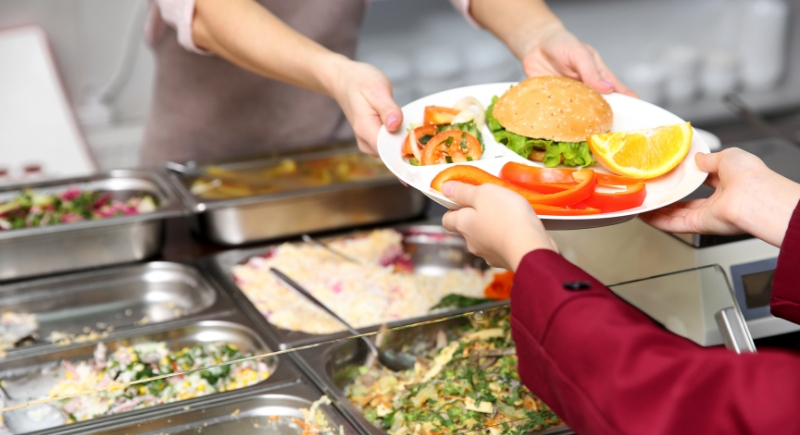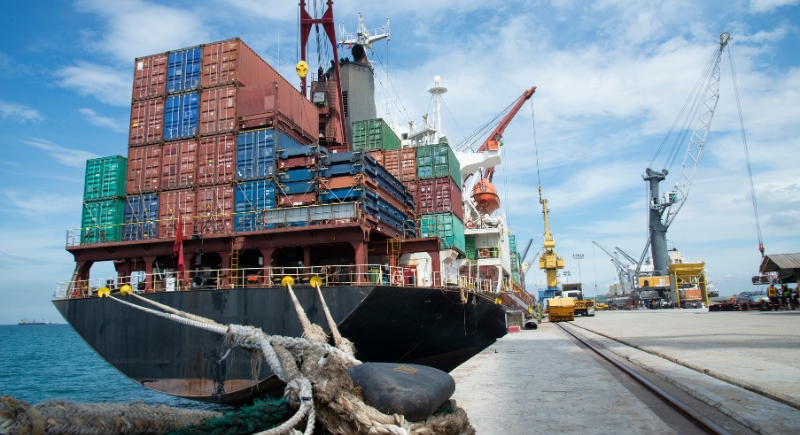Parents are Furious Over the Insane Cost of School Cafeteria Food
School lunches have always been a concern for parents, but with inflation and rising food costs, they’ve become more challenging. The price of packing lunches, like the classic peanut butter and jelly sandwich or a chicken and avocado quesadilla, is steadily increasing. Here’s a closer look at how school lunch prices are changing and how families are handling the added costs.
The Rising Cost of Packing Lunches

Image via Canva/lithiumcloud from Getty Images
Packing a lunch for your child is becoming more expensive. According to a Deloitte study, the average cost of a packed lunch has reached $6.15 per day, up 3% from last year. A simple classic peanut butter and jelly sandwich saw a 6% price jump, driven by higher costs for items like apples, jelly, and milk.
For many parents, these price increases are a tough pill to swallow, especially when they add up over time. But despite the rising costs, many still prefer packing their children’s lunches over relying on school cafeterias.
The Cheaper School Lunch Option

Image via Canva/pixelshot
While school lunches are typically more affordable, the gap is shrinking. On average, school-provided meals cost about $2.99, and many schools offer free lunches to qualifying students. However, the price of cafeteria meals is also rising due to factors like labor costs and food inflation.
Reports from the U.S. Bureau of Labor Statistics (BLS) indicate that the cost of school lunches increased by 3.3% between May 2024 and May 2025. So, yes, school lunches remain a cheaper option for some, but Deloitte’s 2025 Back-to-School Survey also found that 75% of parents believe there should be more fresh food in school cafeterias, and 57% are willing to pay more for locally sourced food.
Tariffs Contribute to Rising Costs

Image via iStockphoto/VichienPetchmai from Getty Images
The rising costs of school lunches are also tied to tariffs. Trade tariffs, especially those introduced during the Trump administration, have made certain foods expensive, including fresh produce, cheese, and nuts. Experts say these tariffs are adding to the strain on family budgets, especially for parents trying to pack healthy lunches with quality ingredients.
Groundwork Collaborative suggests that families will pay nearly $163 more for school lunch staples this year, with a 5.4% increase over last year, partly due to these tariffs. This adds to the already high cost of food and makes it even harder for families to manage their grocery bills.
The Bottom Line of Managing Rising Costs
Parents are getting creative to manage the higher lunch costs. Many are switching out name-brand items for store brands or picking cheaper, healthier ingredients for their kids’ meals. Gen Z parents, for example, are more likely to go for school lunches, while millennials are changing their grocery shopping habits to avoid wasting fresh produce.
In addition, families are making cuts in other areas, like entertainment or after-school activities, to help cover the extra cost of groceries and lunches. But the bottom line is clear: parents are making sure their kids are eating healthy, even if it means digging a little deeper into their wallets.